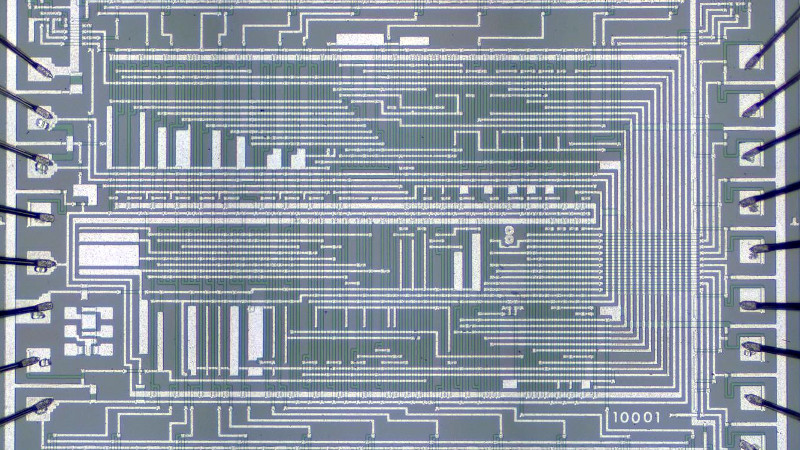We’ve seen so many explorations of older semiconductors at the hands of [Ken Shirriff], that we know enough to expect a good read when he releases a new one. His latest doesn’t disappoint, as he delves into the workings of one of the first hand-held electronic calculators. The Sharp EL-8 from 1969 had five MOS ICs at its heart, and among them the NRD2256 keyboard/display chip is getting the [Shirriff] treatment with a decapping and thorough reverse engineering.
The basic functions of the chip are explained more easily than might be expected since this is a relatively simple device by later standards. The fascinating part of the dissection comes in the explanation of the technology, first in introducing the reader to PMOS FETs which required a relatively high negative voltage to operate, and then in explaining its use of four-phase logic. We’re used to static logic that holds a state depending upon its inputs, but the technologies of the day all called for an output transistor that would pull unacceptable current for a calculator. Four phase logic solved this by creating dynamic gates using a four-phase clock signal, relying on the an output capacitor in the gate to hold the value. It’s a technology that lose out in the 1970s as later TTL and CMOS variants arrived that did not have the output current drain. Fascinating stuff!
[Ken] gave a talk at the Hackaday Superconference a couple of years ago, if you’ve not seen it then it’s worth a watch.















The TI “Speak n Spell”(?) toys needed a high negative voltage (-22?) to work.
I recall an article in Radio-Electronics adapting one for a speech synthesizer. I picked up one of those toys cheap at a garage sale, but figured it was too much trouble to build from it, partly because of the negative voltage.
Was that maybe for the plasma display or for some weirdness associated with the bubble memory? skimming this
http://www.decodesystems.com/tib0203.html
I only see lower than TTL levels mentioned.
The Speak n Spell used a VFD display, not a plasma display. Also, it had a mask ROM instead of a bubble memory.
Yah, glowy elephants in a tube whatever, still needs about 30V potential difference somewhere. I keep thinking 1st gen S&S had bubble mem in because original conception was for a mass market application of bubble mem.